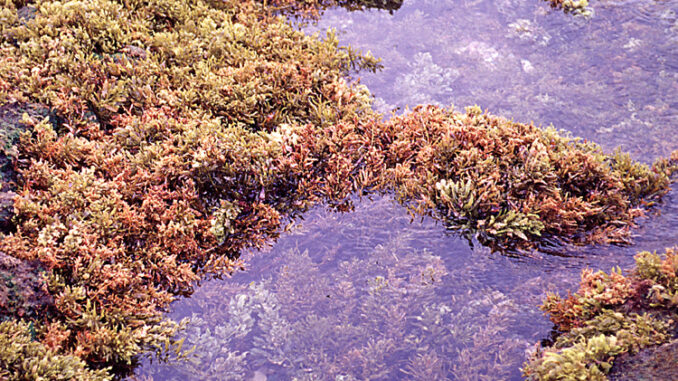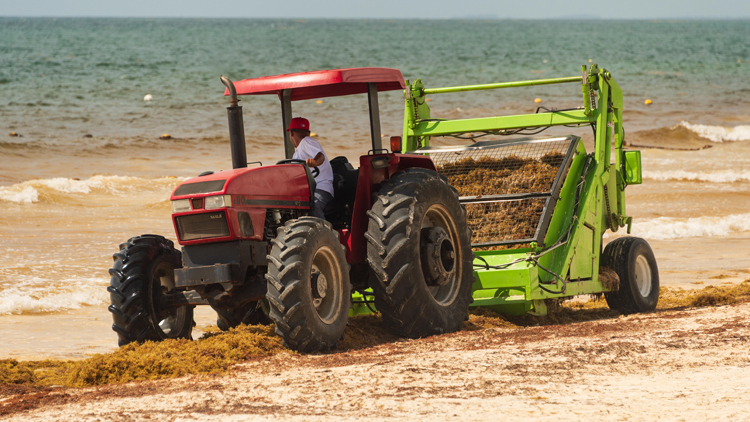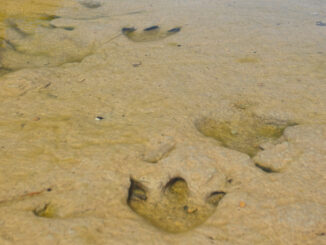
There is a large patch of seaweed floating in the open sea and making its way toward Florida. The huge mass is made up of brown, leafy seaweed, called sargassum. The seaweed comes from the Sargasso Sea, an area of the Atlantic Ocean where ocean currents pick up and move the sargassum. Unlike other seaweed that grows on the ocean floor, sargassum lives on the water’s surface. It has air-filled structures that keep it afloat. Sargassum is usually found on the Florida coastline during the summer, when it washes up on the beaches. Scientists monitor the sargassum by taking pictures from space. Satellite images of this year’s sargassum bloom have scientists concerned. The accumulation is 5,000 miles long. That is twice the size of the United States!

The sargassum does, however, provide an important habitat for many species of fish and other marine life. It plays a key role in the ocean ecosystem. Marine animals that migrate depend on sargassum for safety and food. So why is sargassum bad for our beaches? This much seaweed washing up on shore could cause problems for beach communities and tourism. Coastal wildlife could be in danger. Sea turtles, for example, can get stuck in the tangled clumps of sargassum. They can get lost or even suffocate. Sargassum quickly decomposes once it is washed up on shore. When it decomposes, it releases hydrogen sulfide, a gas that smells like rotten eggs. Extra labor will be required. If sargassum is left to rot, it could harm coastal marine ecosystems. Removal of decomposing sargassum from beaches will be crucial. The sargassum has already affected many beaches near Florida. Researchers predict that the large masses of sargassum could hit Florida beaches this summer. They are taking steps to protect the local wildlife and preparing to preserve the beaches that could be affected.
What Do You Think? Coastal communities need to be prepared for large piles of sargassum. They will use tractors to help clean up the beaches. How might this affect wildlife, the ecosystem, and local communities?
Photo Credit: (t)(c) Steven P. Lynch, (b)Marc Bruxelle/Alamy Stock Photo



